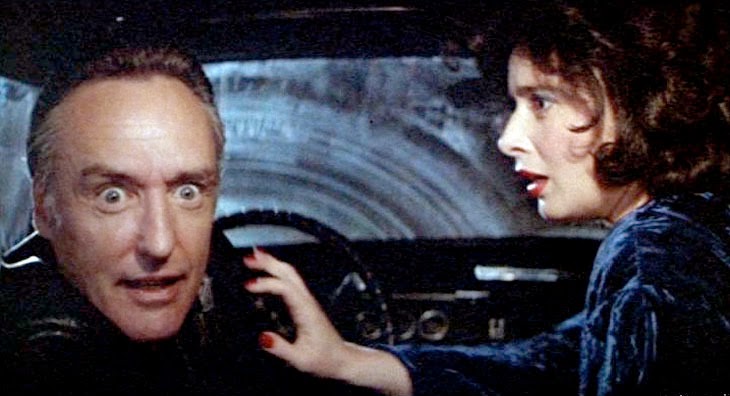
Cinema has always been fascinated with how people think, behave, and feel. This extends beyond usual human behavior, and into the fascinating world of psychological disorders. These different emotions and behaviors, and how they manifest in interactions with others, has been explored in film throughout time.
Film allows for the portrayal of the human psyche in real, relatable situations or in wild fictional stories to accent the realities of human behavior. Some films have navigated the task of portraying psychological disorders with more intense realism and accuracy than others. The following ten films explore the reality of psychological disorders, and strive for accuracy in the characters that experience them.
1. Melancholia

Lars Von Trier’s Melancholia is deeply related to his own struggles with depression and mental illness, and these struggles are ever present in his film as he personally connects to Justine (Kirsten Dunst) and Claire (Charlotte Gainsbourg), the two lead female characters. This film explores the issues of depression and anxiety with intense realism in a science fiction setting.
Justine’s depression is severe, with melancholic features, and is a manifestation of the title throughout the film. Melancholic depression is a particularly severe form: characterized by an intense lack of pleasure, no reaction to positive life events, loss of appetite, and difficulties with physical movement. Her depression is seen as worsening throughout the film as, in the second half, she depends on Claire for nearly everything.
Justine no longer enjoys anything, and even positive situations like Claire making her favorite meal elicit no reaction but sadness. She even becomes practically catatonic, unable to move to take care of herself, and Claire must lift her into the bath. Von Trier shows the realities of severe depression and how difficult it is to participate in daily life when plagued by it. Justine’s depression is so severe that she does not even fear the world coming to an end.
On the other side of the coin, Claire is plagued by anxiety. Specifically, she has strong death anxiety and thanatophobia. At the mere possibility of the world’s end, she panics, and cannot accept that articles about the planet’s demise may be false. Because of her inability to be rational about her fears and control her anxieties, she panics at the potential of death and lives on edge.
Once she knows death is eminent and Melancholia will crash into Earth, she is filled with dread over her own death and tries to escape it, but to no avail. This intense death anxiety only fills her last moments with terror. Von Trier shows the power of severe death anxiety and how it interferes with the ability to live.
2. Taxi Driver

Martin Scorsese’s iconic character, Travis Bickle (Robert DeNiro), is plagued with insomnia disorder throughout Taxi Driver. He stays up all night driving a taxi and participating in the seedy life of New York City. Throughout the film, he is never seen asleep and rarely seen at home. He works constantly, which is because of his problems falling asleep. He stays up all night and much of the afternoon, a schedule characteristic of those with sleep difficulties.
There is high comorbidity between chronic insomnia and depression, so Travis Bickle’s depression problem and insomnia likely play off each other. It might be hard to see Travis as a depressed individual, but he is hopeless throughout the film as he sees New York City as a filthy place that cannot be fixed, rarely sleeps, and lacks interest in daily activities which is proven as he tries to connect to Betsy (Cybill Shepherd) and fails because he is not truly interested in anything she likes. Travis is overwhelmed by both insomnia and depression, which influence each other and ultimately make his personal and social life difficult.
3. A Beautiful Mind
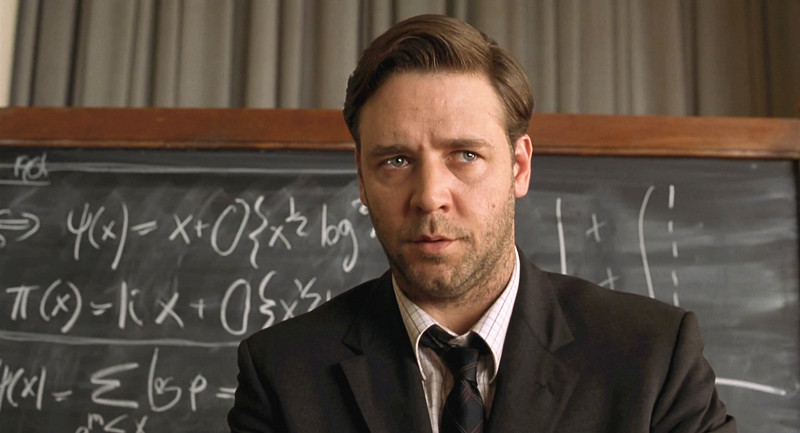
A Beautiful Mind explores the life of John Nash (Russell Crowe), the prestigious mathematician, who received a diagnosis of paranoid schizophrenia in his time at Princeton University. Paranoid schizophrenia is characterized by severe hallucinations and delusions, and John Nash experienced both.
The film shows his hallucinations that there are Russian agents in his life who are trying to kill him, and that he believes his life has been infiltrated by these figures trying to harm and control him. He is convinced all of this is true, despite the others around him knowing it is not and that he needs medical help. His paranoia and hallucinations are severe, as he can visualize these people and what they are doing, but no one else can see this. His senses are severely distorted by these hallucinations, and they seem incredibly real to him.
These disturbances negatively affect his family and work life, as well. This film explores the difficulties present from living with paranoid schizophrenia without proper treatment, and the reality of how this illness affected John Nash.
4. Annie Hall
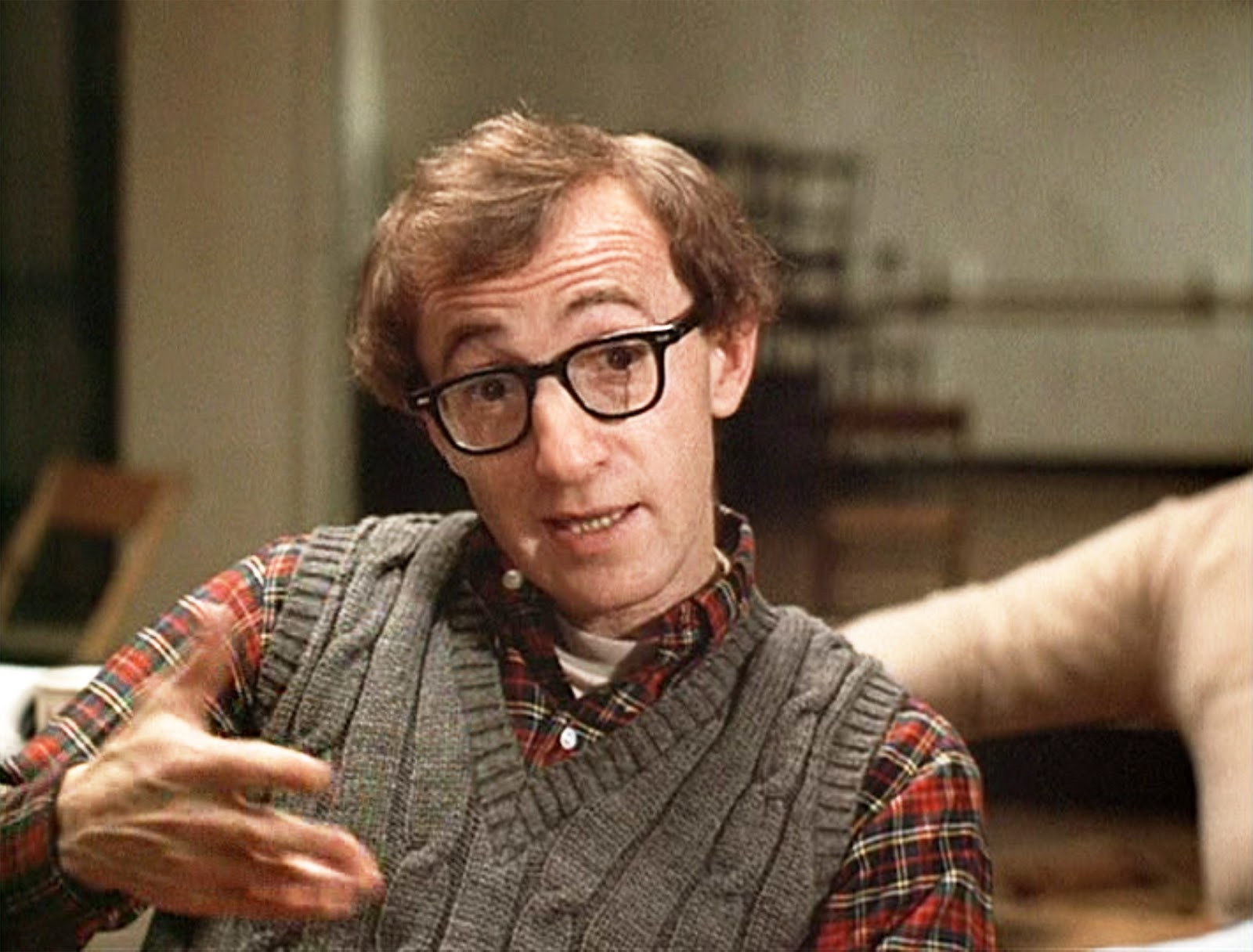
The character of Alvy Singer is, in a lot of ways, similar to Woody Allen. Since there is a connection between the two, Allen understands these disorders as they are present in himself, and he brought them to life on film with the character he wrote and played.
Alvy Singer is a neurotic personality: filled with anxiety, jealousy, and worry. He is constantly anxious, seen in his fears about performing in front of an audience or being involved in social interactions. His anxiety also extends to thanatophobia, as he is plagued with death anxiety and even buys Annie Hall a book about death since he is so fearful of it and does so much reading on it.
Allen himself is a known thanatophobe, and his real-life anxieties extend into this film. Additionally, Alvy is intensely jealous in his relationships. He gets jealous of Annie for spending time with her college professor and being on a first name basis with him, even though they are not together anymore. He follows her around the city, resentful of her interactions with others and fearful she could be with someone else; perhaps because he is afraid of being lonely and losing her forever. Woody Allen built the prototypical neurotic character so well because he understands anxieties and neuroses from his personal experience.
5. Silver Linings Playbook
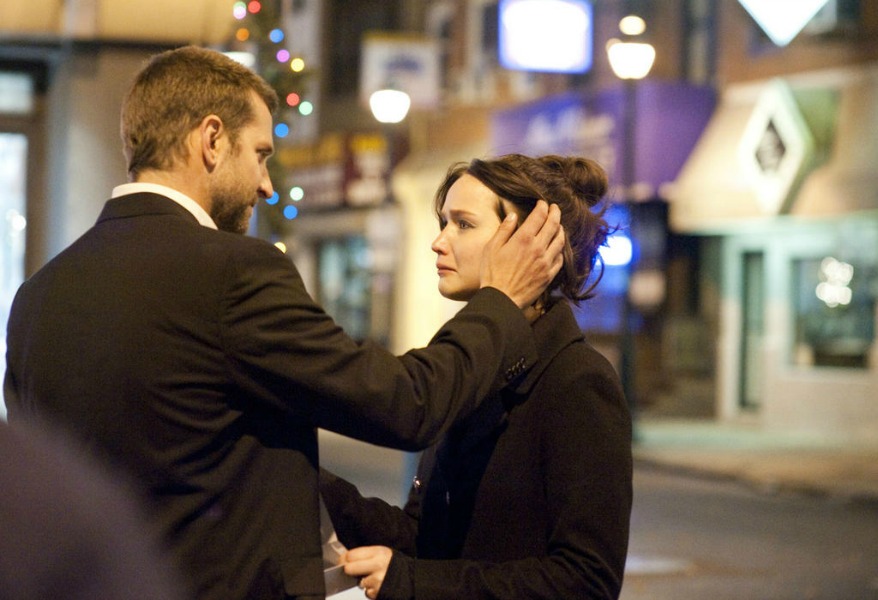
Silver Linings Playbook is considered by many to be an accurate portrayal of bipolar disorder. Pat Solitano, played by Bradley Cooper, was treated for bipolar disorder and the film navigates his reentry into life. He still experiences anger, which is mostly present in his manic episodes. Early on the film, this is shown as he suddenly has a burst of energy and goes through his parent’s house and stuff, searching for his wedding video.
It is the middle of the night, but he is overcome with strong energy and loudly races about as he erratically pines through stuff. His parents try to help him and stop him, but he gets agitated with this, and does angrily erupt at them. Not all manic episodes involve irritation or anger, but in general this film realistically displays manic episodes and bipolar disorder.
6. Blue Velvet
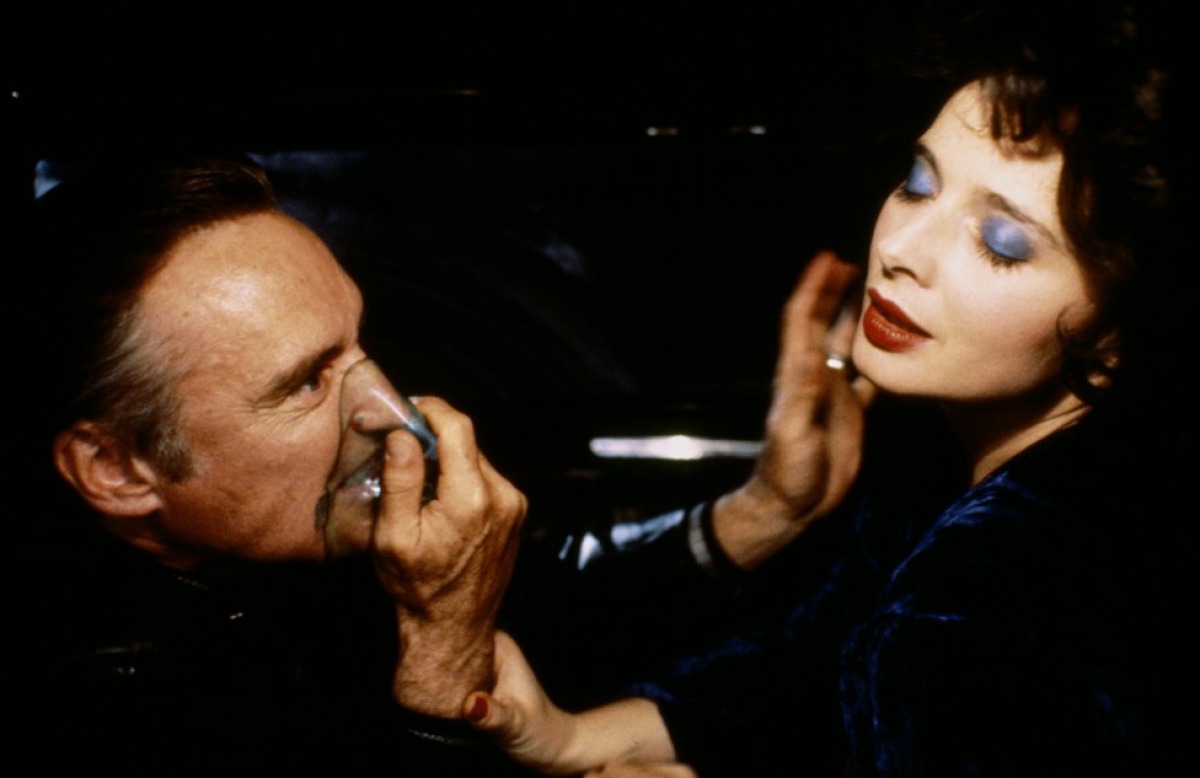
Frank Booth (Dennis Hopper) is an intense character, and this is seen most notably in his interactions with Dorothy Vallens (Isabella Rossellini). As Jeffrey (Kyle MacLachlan) watches from the closet, Frank assaults Dorothy during their sexual encounter. He slaps her, threatens her, silences her, and they roughly have sex. He is physically, verbally, and sexually abusive.
Frank Booth is a prime example of someone with sexual sadism disorder, as he is only stimulated by inflicting physical pain on Dorothy and being sexually aggressive. The issue is not the interest in sadomasochism, but that his desire to be sexually sadistic has manifested in acts with a non-consenting person.
Dorothy is only involved in these acts by force, as Frank holds her husband and son hostage and she must participate to keep them safe and be able to interact with them. His sexual interests are irrevocably tied to physical, sexual, and verbal violence. Sexual sadism disorder is arousal from inflicting pain on another, and this is a real sexual interest, but it becomes a problem when it is nonconsensual, which this film shows.
7. The Neon Demon

It is only natural that The Neon Demon, Nicolas Winding Refn’s burning critique of the modeling industry and vanity, realistically portrays narcissistic personality disorder. Jesse, played by Elle Fanning, is a young girl who strikes the interest of the Los Angeles modeling industry because of her pure beauty. She starts out as a meek character, but as she makes it big in the industry, she becomes narcissistic.
After this transition, she sees herself as better than the other models. She thinks the others are jealous of her and hate her success, and that they want to be her. Because of a few modeling jobs, she views herself as the most important person in the room, and desperately craves this attention from others.
Over the course of the film, she becomes obsessed with her beauty and genuinely believes she is the best. This inflated sense of self-esteem and placing herself on a pedestal are key characteristics of narcissistic personality disorder.
8. Fight Club
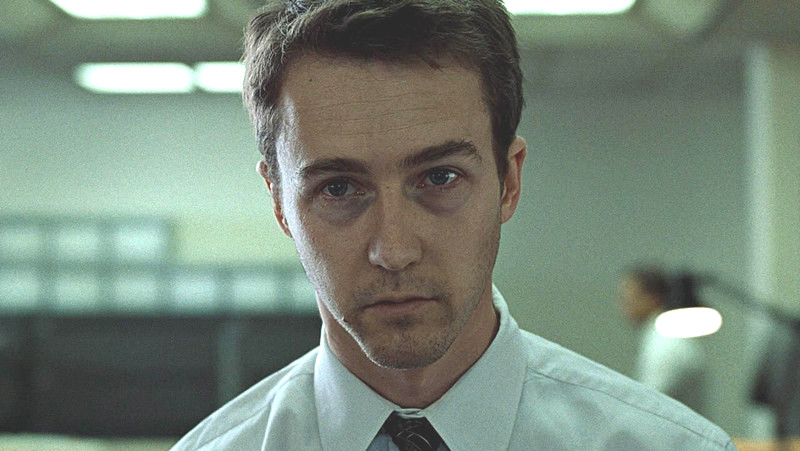
Fight Club is perhaps the most famous and well-known presentation of dissociative identity disorder on film. Tyler Durden (Brad Pitt) and The Narrator (Edward Norton) are two distinct personalities in the same body. The Narrator is an average man: meek, conformist, and an insomniac.
Tyler Durden is his polar opposite: a tough rebel fighting against capitalism, materialism, and consumerism. He is everything The Narrator is not. Dissociative personalities often have very different ways of seeing the world and completely different personal backgrounds.
Amnesia must occur with dissociative identity disorder, as well, and The Narrator does not remember events where Tyler takes over. The Narrator, in a sleep state, is being controlled by Tyler and he acts as him, though he does not realize it. His life is taken over by Tyler and he loses his sense of self and memories in these moments.
Fight Club skillfully portrays how those with dissociative identity disorder can experience distinctly opposite personalities from themselves, and not realize that they exist.
9. One Flew Over the Cuckoo’s Nest

A classic film about psychological disorders, One Flew Over the Cuckoo’s Nest contains many examples of different mental illnesses.
Billy Bibbit (Brad Dourif) is filled with anxiety and has speech difficulties. Beyond just general anxiety, he has intense anxiety when it comes to women. Specifically, he is gynophobic, and is fearful of the women in his life.
This intense anxiety towards women influences his stay at the hospital, as when he is finally able to be close to a woman in an intimate way, Nurse Ratched (Louise Fletcher) threatens to tell his mother and he commits suicide. His severe anxiety and fear of women combined with a terrible authority figure in his life ultimately manifested in suicidal behavior.
Martini (Danny DeVito), another patient, experiences severe hallucinations and delusions. He firmly believes in things that are not true, such as what he possesses in a game of Monopoly, and has difficulty functioning in his daily life in the mental hospital because of these delusions.
Charlie Cheswick (Sydney Lassick) has issues with emotional regulation and is seen throughout the film having intense outbursts and difficulty controlling his anger. He regresses and is unable to control his emotions.
These characters are just a few examples of the film’s portrayal of a variety of psychological disorders, and how living with these disorders can interfere with daily life.
10. Memento

Anterograde amnesia is defined as the inability to remember new things or recall events from short-term memory, but those with this disorder still maintain their long-term memory. This often occurs after traumatic life events. Leonard’s (Guy Pearce) wife was attacked and killed, and he is desperate to figure out who did it despite the fact he cannot form new memories or maintain his short-term memory beyond five minutes.
It makes his life incredibly difficult as he is resigned to tattooing information on himself to remember what he has found out about the incident. Being unable to recall this information is stressful and inhibits him being able to quickly identify his wife’s killer.
Because of the memory loss occurring after experiencing trauma, the maintenance of his long-term memory, and the accurate portrayal of how the inability to consolidate new memories negatively impacts his daily life and mission to find his wife’s killer, those who work in neuropsychology generally consider this to be one of the most realistic portrayals of anterograde amnesia on film.
Author Bio: Alexandra Brozowski is a full-time student who, when she gets free time, likes watching movies, writing poems, listening to pop punk, and dyeing her hair every color of the rainbow. Her favorite films are Chinatown, Taxi Driver, Annie Hall, 2001: A Space Odyssey, and Scott Pilgrim vs. the World. Her favorite directors are Martin Scorsese, Stanley Kubrick, Paul Thomas Anderson, David Lynch, and Lars Von Trier.